Hpmc Cellulose Ether HPMC Construction Cellulose Ether For Tile And Dry Mix Mortar: real-world notes from the jobsite and the lab
If you’ve mixed more than a few bags of tile adhesive or skim coat, you already know what a reliable cellulose ether can do: smoother spread, longer open time, fewer callbacks. I’ve spent the last year visiting batch plants and dusty sites, and Hpmc Cellulose Ether HPMC Construction Cellulose Ether For Tile And Dry Mix Mortar kept popping up in conversations—often accompanied by “it just works.” Origin: No.1 Shifu East Road, Gaocheng District, Shijiazhuang, Hebei, China.

What’s driving the trend?
Three quick shifts: higher polymer-modified mortars (C2-class), hotter jobsites needing better water retention, and contractors asking for “creamier” feel without slump. Honestly, the industry is done with inconsistent mixes—stable, repeatable HPMC is the backbone of modern dry-mix.
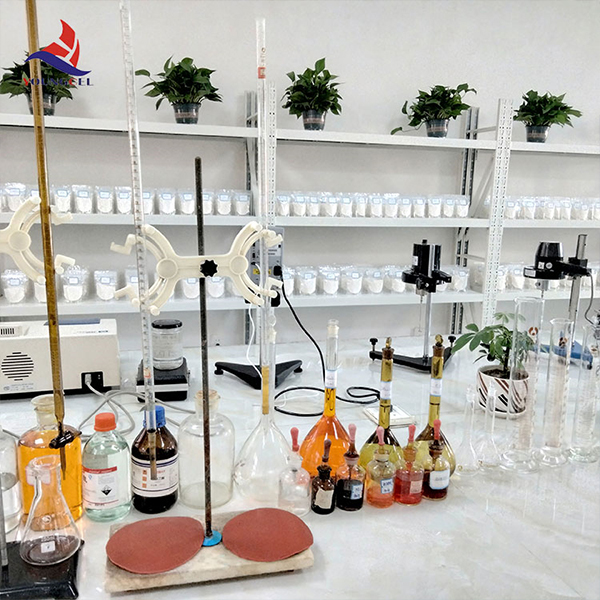
Technical snapshot
Model: YFC-200 | Other names: Hydroxypropyl methyl cellulose | CAS No.: 9004-65-3 | Type: powder, building grade chemical additive.
| Parameter | Spec (≈, real-world may vary) |
|---|---|
| Viscosity (2% sol., Brookfield RV, 20°C) | ≈ 200,000 mPa·s (YFC-200) |
| Moisture | ≤ 5.0% |
| Methoxy / Hydroxypropyl | 19–24% / 4–12% |
| pH (1% sol.) | 6.5–8.5 |
| Gel temperature | ≈ 70–75°C |
| Residue (80 mesh) | ≤ 5% |
| Water retention in mortar (0.3% dosage) | ≥ 98% (ASTM C1506) |
| Tile adhesive open time | ≥ 20–30 min (EN 12004 / ISO 13007) |
| Slip resistance | ≤ 0.5 mm (EN 12004) |
| Shelf life | 24 months, dry and sealed |
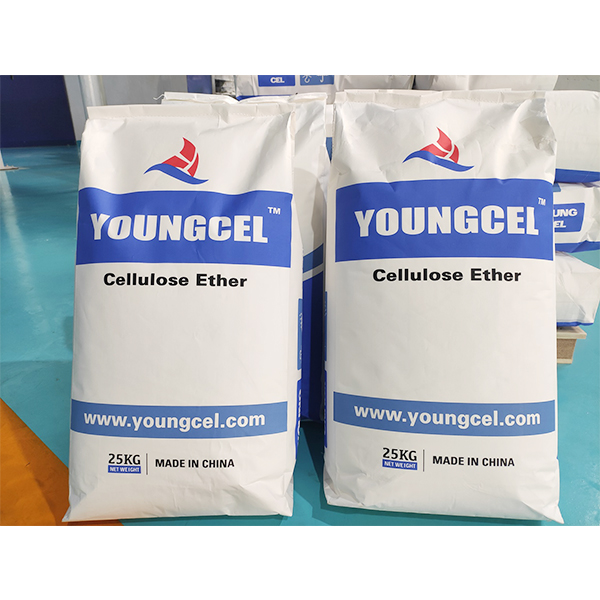
From pulp to performance: how it’s made and tested
Process (condensed): purified cellulose → alkalization (NaOH) → etherification with methyl chloride and propylene oxide → neutralization → washing → drying → milling/sieving. QC checks include viscosity (Brookfield), moisture, ash, substitution, and solution clarity. Standards referenced on projects: EN 12004/ISO 13007 for tile adhesives, EN 998-1/-2 for renders/masonry, ASTM C1506 for water retention, and ASTM C91 for compatibility with masonry cement. Service life? You don’t “wear out” the polymer in the bag; but in use, better water retention usually correlates with stronger hydration and longer-lasting bonds.
Industries: tile adhesives, grouts, gypsum plasters, EIFS/ETICS adhesives, self-leveling overlays (careful dosing), repair mortars. Methods: dry blend 0.2–0.4% into the mix; add water; allow a 5–10 min maturing time; remix. Simple, yet easy to get wrong if rushed.
| Vendor | Viscosity consistency | Water retention | Lead time | Certs/Support |
|---|---|---|---|---|
| Youngcel (YFC-200) | Tight ±8% lot-to-lot | High at low dosage | ≈ 10–15 days | ISO 9001/14001, tech tuning |
| Vendor A | ±12–15% | Moderate | ≈ 20 days | ISO 9001, basic support |
| Vendor B | ±10% | High | ≈ 14–18 days | ISO 9001/REACH note |
| Vendor C | ±20% | Variable | ≈ 25–30 days | Limited |
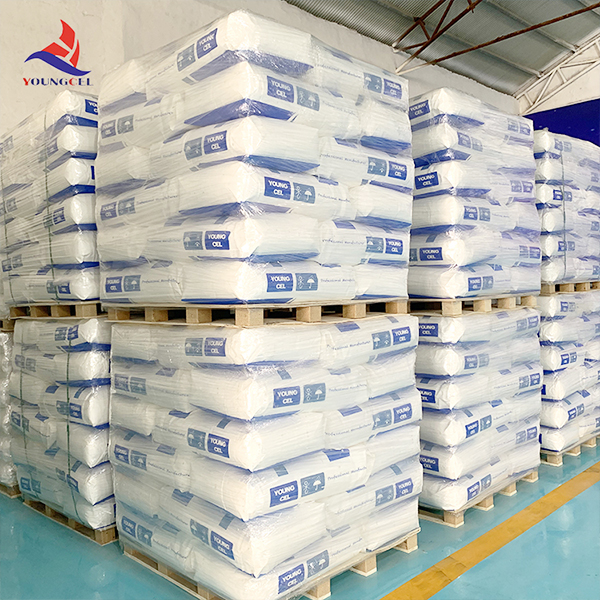
Where it shines (and why contractors care)
- Tile adhesives (C1/C2): creamier trowelability, longer open time, less slip.
- Gypsum/skim: enhanced sag resistance, better edge feathering.
- EIFS adhesives and basecoats: stable water retention in heat/wind.
- Dry mix mortar in hot climates: consistent workability across shifts.
A site foreman in a coastal city told me, “We cut re-tempering by half.” Many customers say that too—fewer buckets of water wandering around the site is always a win.
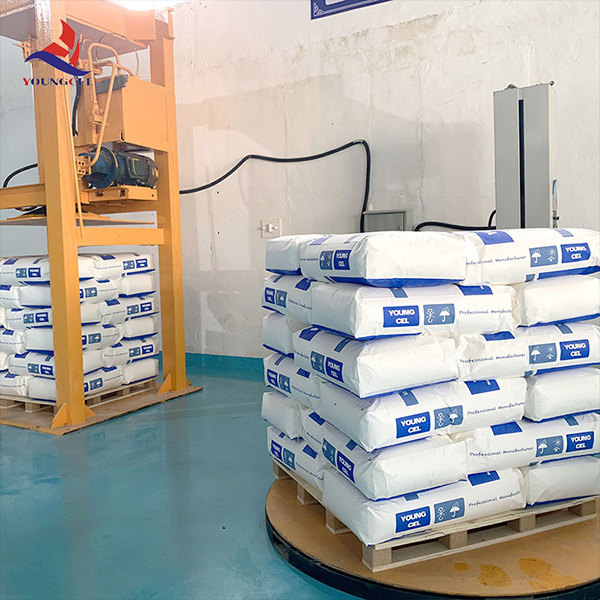
Customization and case notes
Customization options include viscosity grades, delayed-dissolution surface treatment, particle size, and packaging. In one C2TE tile adhesive upgrade, moving to Hpmc Cellulose Ether HPMC Construction Cellulose Ether For Tile And Dry Mix Mortar at 0.28% dosage pushed open time from ≈18 to ≈28 minutes (ISO 13007), while slip stayed within 0.3 mm. Another gypsum skim coat line saw 12–15% faster finishing due to improved glide—small, but it adds up across towers.
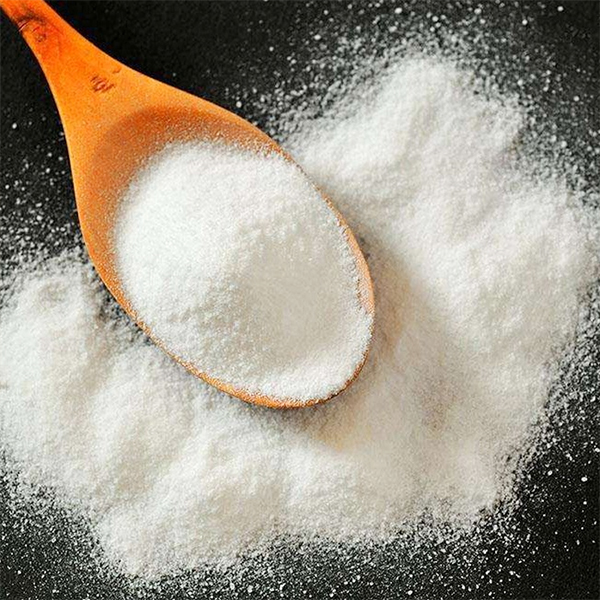
Compliance, safety, and paperwork
Expect ISO 9001/14001 plant certifications, SDS on request, and typical REACH and low-VOC declarations. For project submittals, I’d attach a datasheet with EN 12004/ISO 13007 and EN 998 references, plus in-house ASTM C1506 data. It seems boring, but spec reviewers love clean tables and recognized standards.
Citations
- ISO 13007 / EN 12004: Ceramic tile adhesives and grouts—test methods and performance.
- EN 998-1/-2: Specifications for mortar for masonry.
- ASTM C1506: Water retention of hydraulic cement-based mortars.
- ASTM C91: Standard Specification for Masonry Cement.
- CAS 9004-65-3 (HPMC), PubChem and related datasheets.
-
Understanding Methyl 2 Hydroxyethyl Cellulose: Uses, Benefits & Industry InsightsNewsNov.24,2025
-
Hydroxyethyl Methyl Cellulose HEMC: Industrial Uses, Benefits & Future TrendsNewsNov.23,2025
-
HEMC Cellulose: Versatile & Sustainable Industrial Polymer | YoungcelNewsNov.23,2025
-
Methyl Hydroxyethyl Cellulose: Versatile Building Block for Industry & SustainabilityNewsNov.23,2025
-
CAS 9032 42 2: Understanding Polyvinyl Alcohol's Impact on Industry & SustainabilityNewsNov.22,2025
-
Hydroxyethyl Methyl Cellulose: Versatile Solutions for Modern Industry and SustainabilityNewsNov.22,2025




